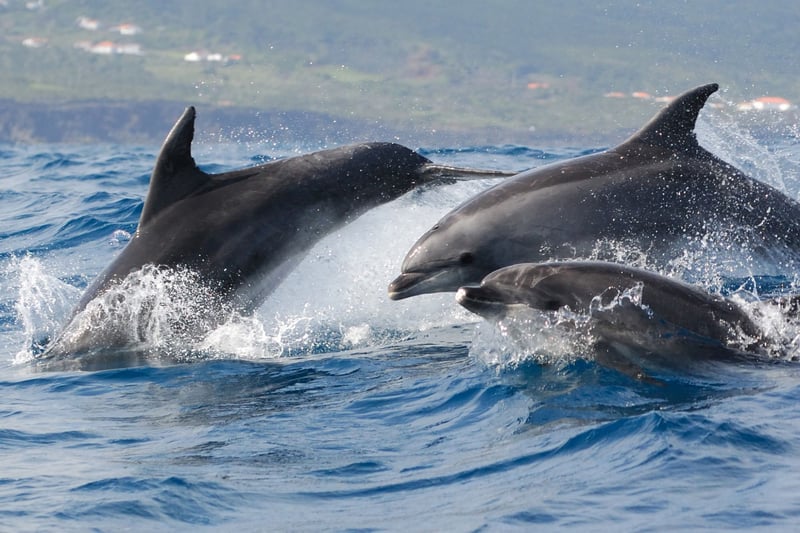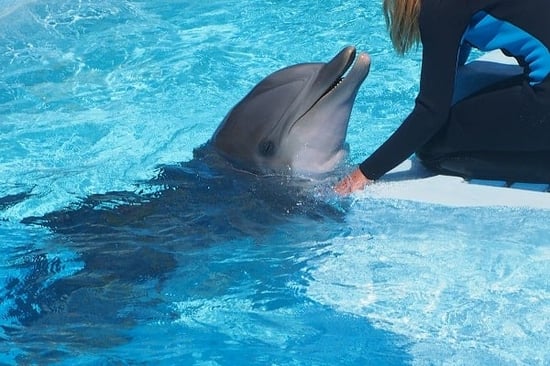
Five places to see Australian sea animals in the wild
News
No matter how well they are looked after in captivity, a wild animal's needs can only be fully met in their natural environment. And there’s no more special or exciting way to see them.
1. Dolphins at Coffs Harbour, NSW
There are a number of local dolphin and whale watching tours that let you see dolphins in the waters of the Solitary Islands Marine Park. If you’re visiting between June and November, you might even be lucky enough to see humpback whales as they make their annual migration.
2. Penguins at Phillip Island, VIC
The daily parade of little penguins at Phillip Island is one of Australia’s most popular wildlife attractions. Little penguins are the smallest type of penguins and are native to Australia. Each night at sunset they return ashore after a day spent fishing, and visitors gather to watch from the viewing stands and boardwalks as they waddle up the beach. Phillip Island is 90 minutes from Melbourne.
3. Seals at Narooma, NSW
Join a Montague Island tour departing from Narooma on the NSW south coast, which includes visiting a colony of fur seals. Australian fur seals are social creatures. You might see them lying around in tight packed groups, partly piled on top of each other, or frolicking and fishing in the water. Book for late winter or spring to be there in peak seal time, when more than a thousand congregate on the island.
 Credit: Michelle de Villiers
Credit: Michelle de Villiers
4. Sea turtles on the Great Barrier Reef, QLD
The Great Barrier Reef is home to six of the seven species of sea turtles. Check out Monkey Beach on Great Keppel Island for flatback turtles, Heron Island for green and loggerhead varieties, and Lady Musgrave Island – where alongside the turtles you’ll also find fish, manta rays and stunning coral in the giant lagoon.
Fifteen minutes out of Bundaberg is Mon Repos, where more than half of all the nesting loggerheads in the southern hemisphere come to lay their eggs. Visit between November and January to see them laying – and then come back a few months later to see the tiny turtle hatchlings make the journey down the sand into the ocean.
5. Whale sharks at Ningaloo Reef, WA
Ningaloo Reef is one of the only places in the world where whale sharks congregate regularly in large numbers. Every year from March to August, the world’s largest fish (they have been known to grow up to 18 metres long) gather along Ningaloo Reef.
The reef, in many places, is only five or ten metres from land – making it very easy to explore. It is a spectacular snorkel and dive spot, home to an abundance of other sea animals as well, including tropical fish, dugongs, turtles and manta rays.
Remember that all these animals are wild animals. Their behaviour is unpredictable, and you should always keep a safe distance and avoid approaching them.
Enjoy experiencing Australia’s beautiful wild animals in the wild where they belong.
Dolphin facts
Did you know that some dolphins can swim up to speeds of 50kph and regularly dive to depths of up to 55 metres?
Donate to protect dolphins
Dolphins are intelligent and sociable wild animals. They belong in the ocean, not bred in captivity for entertainment.

